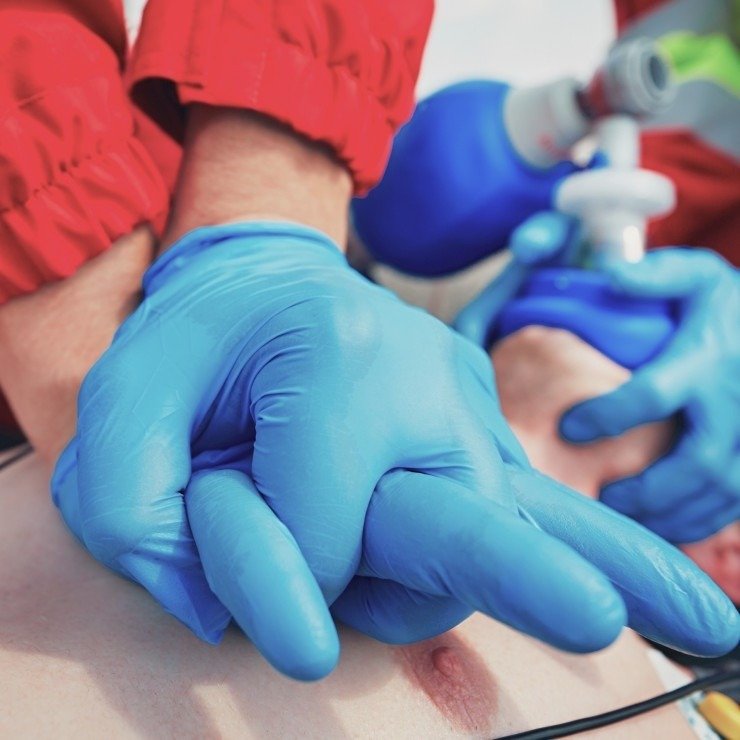
Reinvention of PPG analysis
Seerlinq is taking non-invasive diagnostics, disease monitoring, and treatment optimization to a new level by using state-of-the-art machine learning PPG analysis and our medical expertise. Our research suggests that we are currently merely scratching the surface of its possibilities. We are reinventing the way of looking at the PPG curve by using artificial intelligence to analyze all measured parameters comprehensively. Furthermore, we use our worldwide network of physicians and clinical researchers to collect medically labeled data. We leverage our data collection, processing, and modeling expertise to deliver unprecedented results.
Subscribe to newsletter









































